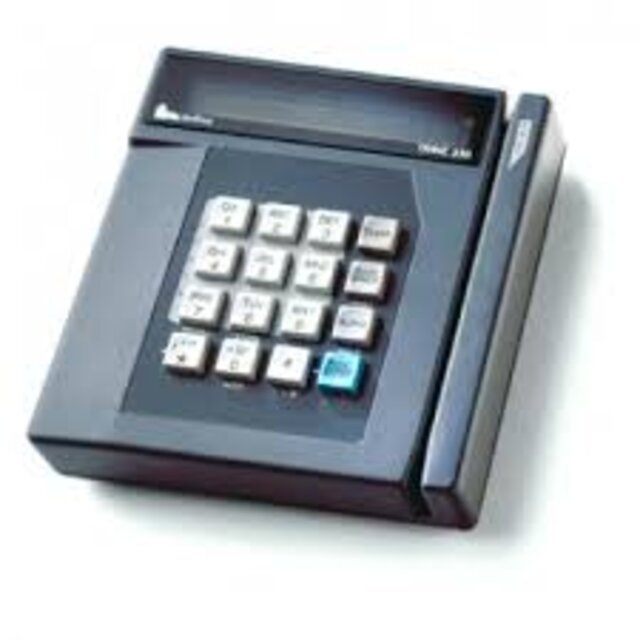Credit card machines are ubiquitous in today’s world, found at nearly every point of sale from bustling retail stores to cozy cafés. They have revolutionized the way we make purchases, offering convenience and security. But how did these essential devices evolve from cumbersome manual tools to sleek, sophisticated terminals? Let’s explore the fascinating history of credit card machines and their impact on the way we handle transactions.
The Early Days: Manual Impressions
1. The Imprinter Era (1950s-1960s)
The origins of credit card machines can be traced back to the 1950s with the advent of manual imprinters, often referred to as "knuckle-busters." These devices were simple but effective. When a customer made a purchase, the cashier would place the credit card on a carbon paper slip and press down on a lever, creating a physical imprint of the card’s information. This process, while rudimentary, allowed merchants to capture card details and process transactions.
The imprinter, or manual imprinter, was labor-intensive and prone to errors but represented a significant step forward from handwritten records. Despite its limitations, it laid the groundwork for future innovations in payment processing.
The Electronic Revolution: Early Credit Card Machines
2. The Emergence of Electronic Terminals (1970s-1980s)
The 1970s and 1980s marked a significant turning point with the introduction of electronic credit card machines. These devices, also known as point-of-sale (POS) terminals, represented a major leap forward in payment processing technology. Unlike manual imprinters, electronic terminals could capture and transmit card information electronically, streamlining the transaction process.
One of the earliest examples was the Verifone ZON, introduced in 1981. This device was one of the first to use magnetic stripe technology, which allowed for the secure storage of card data and facilitated quicker and more accurate transactions. Electronic terminals also began to integrate with cash registers, further simplifying the checkout process.
The Growth of Modern POS Systems
3. The Advent of Integrated POS Systems (1990s-2000s)
The 1990s saw rapid advancements in POS technology, driven by the growth of electronic payments and the internet. Integrated POS systems began to emerge, combining credit card processing with inventory management, sales tracking, and other business functions. These systems allowed merchants to handle transactions more efficiently and gain valuable insights into their sales data.
Ingenico, founded in 1980, became a prominent player in this space, offering a range of POS solutions that integrated payment processing with other business operations. The company’s innovations helped pave the way for more sophisticated and user-friendly credit card machines.
The Digital Age: Mobile and Contactless Payments
4. The Rise of Mobile and Contactless Terminals (2000s-Present)
The early 2000s brought about a new wave of innovation with the advent of mobile payment solutions and contactless technology. Mobile credit card machines, often used in conjunction with smartphones or tablets, allowed merchants to process payments anywhere, not just at traditional retail locations. Companies like Square, founded in 2009, made it easy for small businesses and entrepreneurs to accept card payments using a simple card reader attached to a mobile device.
Contactless payment technology, facilitated by Near Field Communication (NFC), enabled customers to pay by simply tapping their cards or smartphones on a reader. This technology, popularized by companies like Mastercard and Visa, significantly sped up transactions and enhanced convenience for consumers.
5. The Future of Credit Card Machines
Looking ahead, the future of credit card machines is likely to be shaped by continued advancements in technology. **Biometric authentication**, **artificial intelligence**, and **blockchain** technology are expected to play increasingly significant roles in payment processing. Innovations such as **virtual credit cards** and **digital wallets** will continue to transform how we handle transactions, further integrating payment systems into our everyday lives.
Conclusion
The history of credit card machines is a testament to the evolution of payment technology and its impact on commerce. From the early days of manual imprinters to the sophisticated digital terminals of today, credit card machines have undergone significant changes, continuously adapting to meet the needs of both merchants and consumers. As technology continues to advance, it’s clear that credit card machines will remain at the forefront of the payment industry, shaping the future of financial transactions and driving further innovation in the way we pay.

